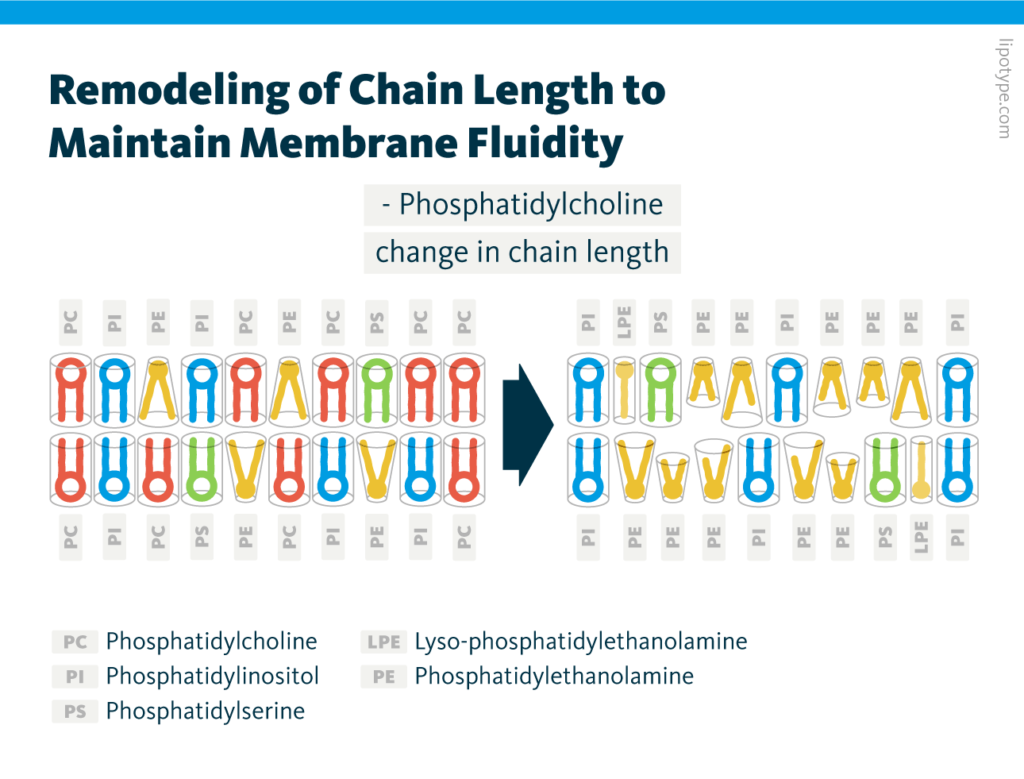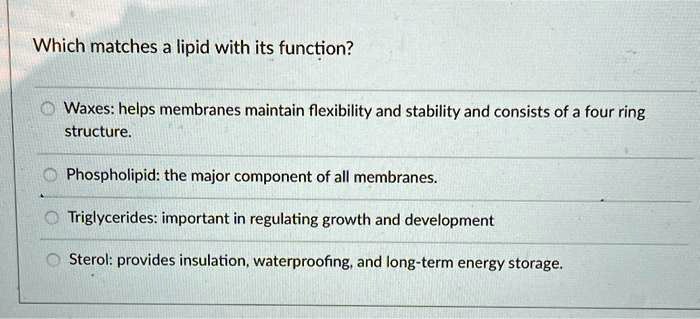What Helps Maintain Flexibility Of Membrane
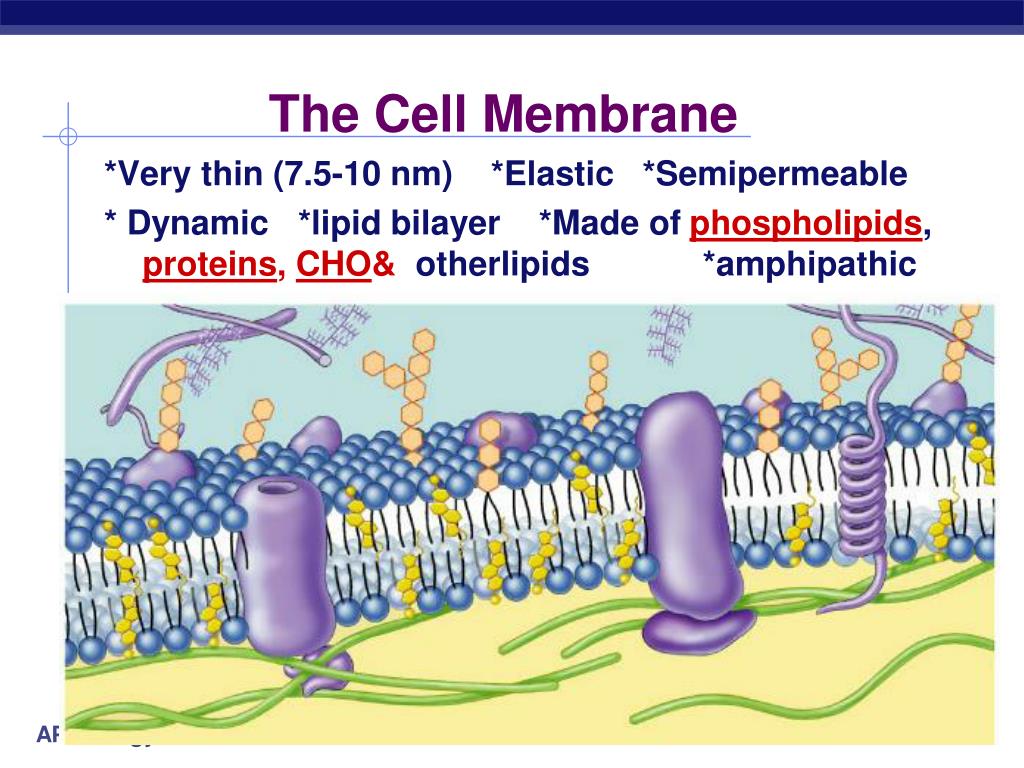
Cell membranes, the gatekeepers of life, maintain their essential flexibility through a complex interplay of molecular factors. New research pinpoints key components and processes vital for this dynamic characteristic.
Understanding membrane flexibility is critical because it directly impacts cell function, from nutrient uptake to signaling. Disruptions in this flexibility are implicated in various diseases, making its maintenance a crucial area of study.
Lipid Composition: The Foundation of Flexibility
The primary building blocks of cell membranes are phospholipids. The type and arrangement of these lipids heavily influence membrane fluidity.
Unsaturated fatty acids, with their kinks, create space between phospholipids, increasing flexibility. Conversely, saturated fatty acids pack tightly, reducing it.
Cholesterol, present in animal cell membranes, acts as a buffer. At high temperatures, it reduces fluidity, while at low temperatures, it prevents solidification, maintaining a stable level of flexibility.
Proteins: More Than Just Structure
Membrane proteins, both integral and peripheral, play crucial roles in maintaining membrane flexibility. Some proteins directly interact with lipids, influencing their arrangement.
Cytoskeletal proteins, like actin, anchor to the membrane, providing structural support and influencing shape changes. These changes are essential for processes such as cell migration and division.
Certain proteins, particularly those involved in membrane trafficking, can induce local curvature, further enhancing flexibility in specific regions of the membrane.
Temperature: A Major Influencer
Temperature significantly affects membrane fluidity. Higher temperatures generally lead to increased fluidity as lipids gain kinetic energy and move more freely.
Lower temperatures decrease fluidity, potentially causing the membrane to become rigid and even undergo phase transitions. This rigidity can impair cellular function.
Organisms adapt to temperature variations by altering their lipid composition. For instance, cold-adapted organisms often have a higher proportion of unsaturated fatty acids in their membranes.
The Role of Sphingolipids and Lipid Rafts
Sphingolipids, another type of lipid found in cell membranes, tend to cluster together with cholesterol to form lipid rafts. These rafts are more ordered and less fluid than the surrounding membrane.
Lipid rafts act as platforms for protein signaling and sorting, contributing to specialized membrane functions. The dynamic organization of these rafts influences overall membrane flexibility.
The precise composition and regulation of lipid rafts are under intense investigation, as they are implicated in various cellular processes and diseases.
Water Content and Hydration
The hydration of the phospholipid headgroups is vital for maintaining proper membrane structure and flexibility. Water molecules interact with the polar headgroups, facilitating their movement.
Dehydration can lead to membrane rigidification and altered permeability. Maintaining proper hydration levels is essential for optimal membrane function.
Specific ions can also influence membrane hydration and thus, flexibility. Calcium ions, for example, can promote membrane fusion by altering the hydration state of the lipid headgroups.
Enzymes: Catalysts of Change
Enzymes, such as flippases and floppases, play a crucial role in maintaining lipid asymmetry across the membrane leaflets. This asymmetry is vital for proper membrane function.
These enzymes actively transport lipids from one leaflet to the other, ensuring a balanced distribution of lipids and maintaining membrane integrity. Disruptions in their activity can lead to membrane instability.
Furthermore, enzymes that modify fatty acids, such as desaturases, regulate the degree of unsaturation in membrane lipids, directly impacting membrane flexibility.
The Glycocalyx and Membrane Flexibility
The glycocalyx, a carbohydrate-rich layer on the cell surface, influences membrane flexibility indirectly. This layer provides a protective barrier and mediates interactions with the extracellular environment.
The glycocalyx can alter the physical properties of the membrane, affecting its ability to deform and respond to external stimuli. Its composition and structure are highly dynamic.
Changes in the glycocalyx are associated with various diseases, including cancer and infections, highlighting its importance in maintaining cell health.
Future Directions
Researchers are currently developing advanced imaging techniques to study membrane flexibility at the nanoscale. These techniques will provide unprecedented insights into the dynamic behavior of cell membranes.
Ongoing studies are focusing on the interplay between different factors that influence membrane flexibility and how disruptions in these processes contribute to disease.
The ultimate goal is to develop therapeutic strategies that target membrane flexibility to treat a wide range of conditions, from neurodegenerative disorders to cancer.
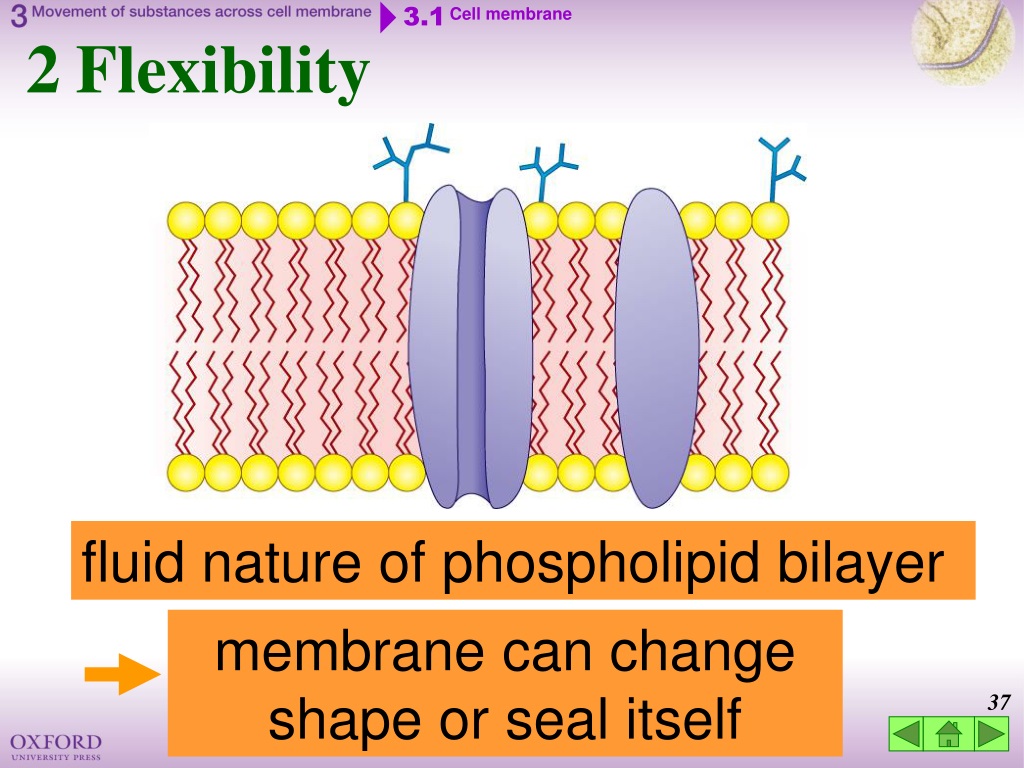


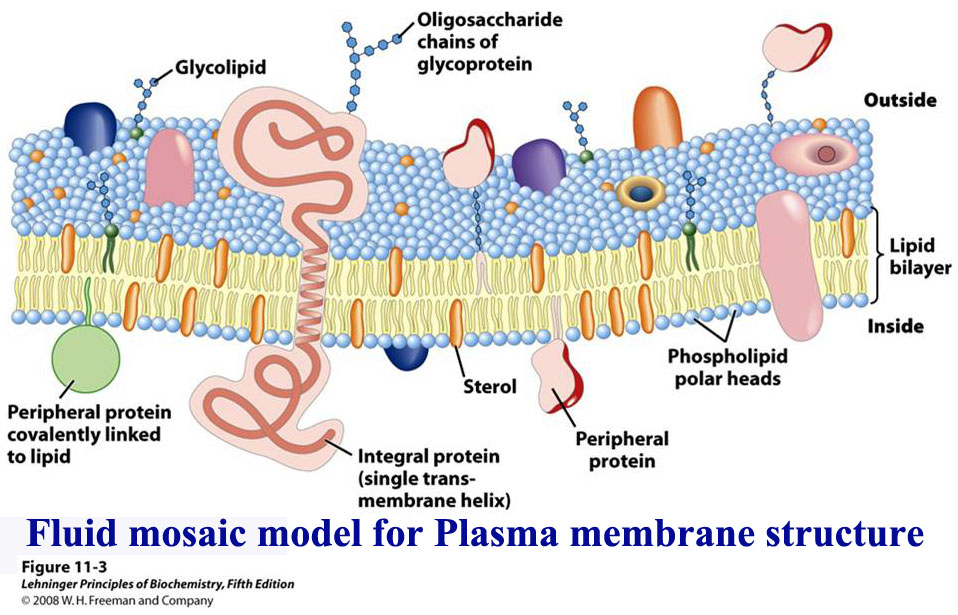





:max_bytes(150000):strip_icc()/cell-membrane-373364_final-5b5f300546e0fb008271ce52.png)
